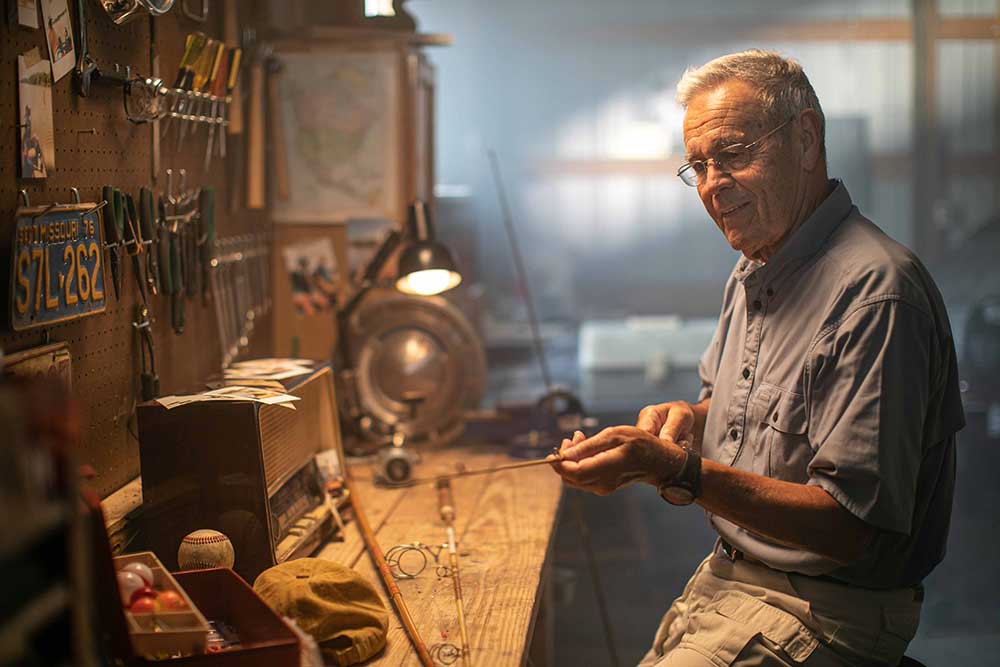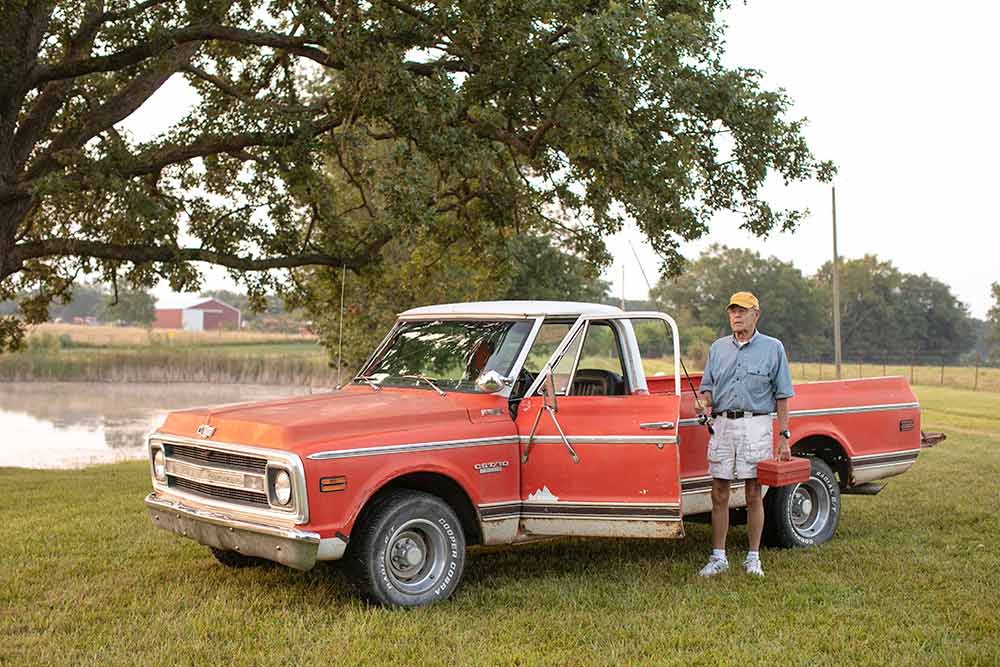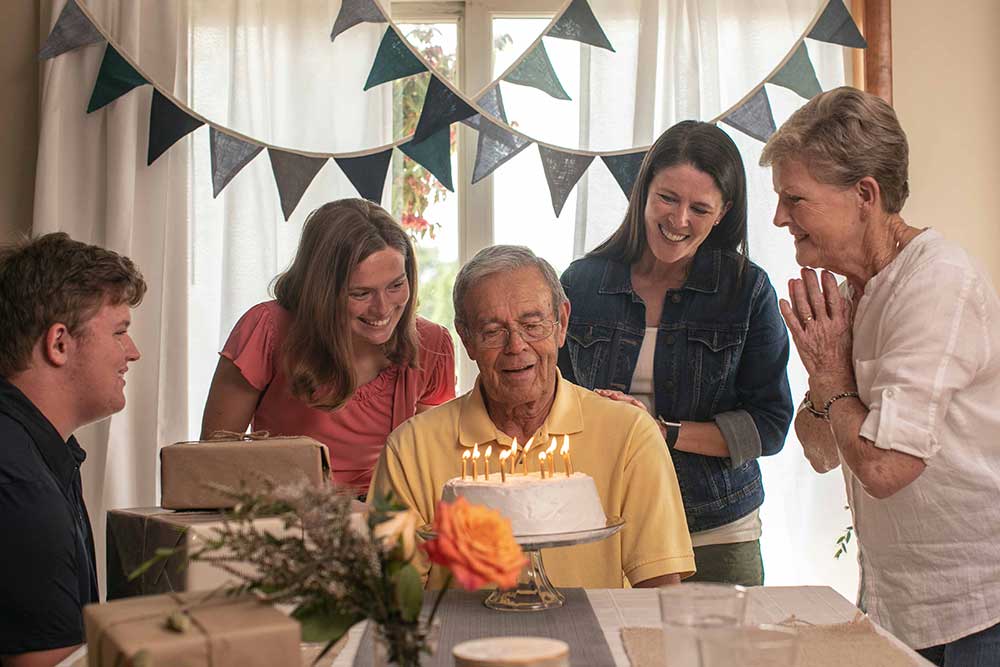MyStory – Don
Don’s Story
Open heart surgery can be a scary procedure, and one you hope to never hear your cardiologist recommend. Yet, with years of heart trouble under his belt, Don Mosby was no stranger to the idea. In 1997, Don underwent his first open heart surgery. To this day, Don vividly remembers the extreme pain he felt throughout the lengthy recovery process.
Since then, Don has become something of a regular at Boone Hospital. His doctors have closely monitored his progress, completing another eight surgeries over the years. “My doctors and Boone Hospital Center are the reason I’m 85,” he laughs.
Don’s most recent procedure was completed in May of 2019. At his previous appointment, Don’s doctors had agreed that he would need another procedure, an aortic valve surgery, to restore the blood flow through his heart. However, instead of another open heart surgery, with the help of cardiovascular and thoracic surgeon Richard Mellitt, MD, Don’s doctors recommended a TAVR surgery.
Transcatheter Aortic Valve Replacement (TAVR) is a minimally invasive surgery that is completed to restore the blood flow from the heart to the body. “This has its best application in older patients,” Dr. Mellitt explains.
The aortic valve opens allowing blood to flow from the aorta into the heart and then travel through the body. With advancing age, the valve may begin to calcify and narrow - instead of operating at full diameter, it may begin to shrink in size. A healthy aortic valve should open to roughly the size of a garden hose, but may begin to shrink down to the size of a straw. As a result, the heart must work harder to circulate blood, resulting in fatigue or chest pain.

The TAVR procedure is relatively new to Boone Hospital. TAVR was perfected in England for about 10 years, and only brought to the United States two years ago. Prior to TAVR, doctors would perform open heart surgeries to fully remove the aortic valve and replace it with a new valve.
“It’s the greatest procedure I’ve ever seen,” says Don. “I went in, came out a few hours later, woke up and had no pain.” In fact, Don didn’t feel any noticeable effect. For a moment, Don recounts that he feared that something had gone wrong, and the doctors were unable to complete the surgery. After speaking with the nurse, he realized the surgery had gone accordingly, but was in shock that he felt no presence of pain. “I could have gotten up off the bed and gone home that night!”
With the TAVR procedure, doctors are able to use a stent to avoid removing the aortic valve as a whole. The stent is about an inch across, but can be squeezed down to the size of a pencil and inserted through an artery in the groin or the neck. Once in place, the stent helps the valve to open and allow the blood to travel throughout the body.

The TAVR procedure was first performed with patients who were not candidates for surgery because they were too ill. “It’s safe as an open surgery, especially for older patients,” says Dr. Mellitt. “It’s been a tremendous technology.”
For patients who are candidates, the TAVR procedure is ideal as it has a lower risk and greatly reduces the recovery period, as well as the level of pain experienced postoperatively. For Don, his recovery was as simple as visiting the Cardiovascular Rehab program for 36 days, and performing exercises to give his heart time to adhere to the valve. “I’d do it again in a heartbeat,” says Don.
Don is currently enjoying the winter months once more in Englewood, Florida, just south of Sarasota. Thanks to the TAVR procedure and a resilient spirit, Don is able to enjoy his favorite activities including fishing, dinners with friends, and sightseeing, all at full functionality.

